Daylight VS Tungsten Light In Analogue Photography
3 Share TweetOne of the first things a photographer has to learn is that not all light sources are created equally. Today we will talk about white balance in film photography. To simplify this concept let's focus on what white balance is, and the difference between two main sources of light: daylight and tungsten light.
White balance takes care of adjusting the color temperature to make objects appear as we see them in real life, and calibrates the tint to read the correct tonality. Different light sources have different color temperatures, measured in Kelvin (K). Daylight is at 5600 K, and tungsten light is around 3200 K. With tungsten light, each bulb could vary slightly in temperature but manufactures strive to accurately set each lamp for international standards.
Daylight Balance and Tungsten Light
To achieve a correct white balance, a photographer must match the color temperature of a film to the color temperature of the light source. The majority of films are daylight-balanced, which means they are designed to be used in natural light.
Tungsten light is a warm, yellowish light that is often used in artificial lighting, especially in studios and indoor settings. When we shoot a daylight-balanced film in such conditions, our photos will have an over intense orange hue. Likewise, if we shoot a tungsten light-balanced film in daylight, we will get blue-tinted photos.
Using the correct film for the scene we are photographing is the best choice we can make. When unexpected situations arise and we find ourselves going from outdoor to indoor lighting more often than we think, and we can't change our film, we can adjust the outcome of our photos by using a filter to compensate for the color cast.
How To Correct White Balance
An 85 filter has an orange shade of diverse intensity, and it helps to decrease the color temperature from 5500 to 3200 K, allowing the use of tungsten-balanced film in daylight conditions. While an 80A with a cooler shade increases the color temperature from 3200 to 5500 K, allowing the use of daylight-balanced film in tungsten-light conditions. Both of these filters require the adjusting of exposure.
Correction to a light source can also be made in post-production. However, some limitations occur when we go down this route. The photos will look better but not perfectly balanced. You can't correct much without making all the other colors look uneven.
Consider that when working on a scanned file the latitude is similar to a jpeg file: you're shifting everything relative instead of everything absolutely like in a raw digital file. It is also worth considering that each scanner can give different results.
From lab scans with different machines such as Noritus or Fuji to homemade scans – these factors can all influence the outcome of your photos. Each film undoubtedly has its characteristics, but much of what you get as a final result can still be influenced and modified with personal taste.
There are still some options available to choose from and learn the difference between a daylight-balanced film and a tungsten-balanced film. While most of the films on the market nowadays are set on daylight white balance, there is a limited choice for tungsten-balanced films such as Kodak Vision3 500T or Cinestill 800T. These films, balanced for tungsten light, also have the characteristic of a high ISO rating for low light.
Have you ever shot different light balanced film? Which stock is your favourite?
written by eparrino on 2024-02-23 #gear #analogue-photography #white-balance #film-stock #tungsten-film #daylight-film-stock



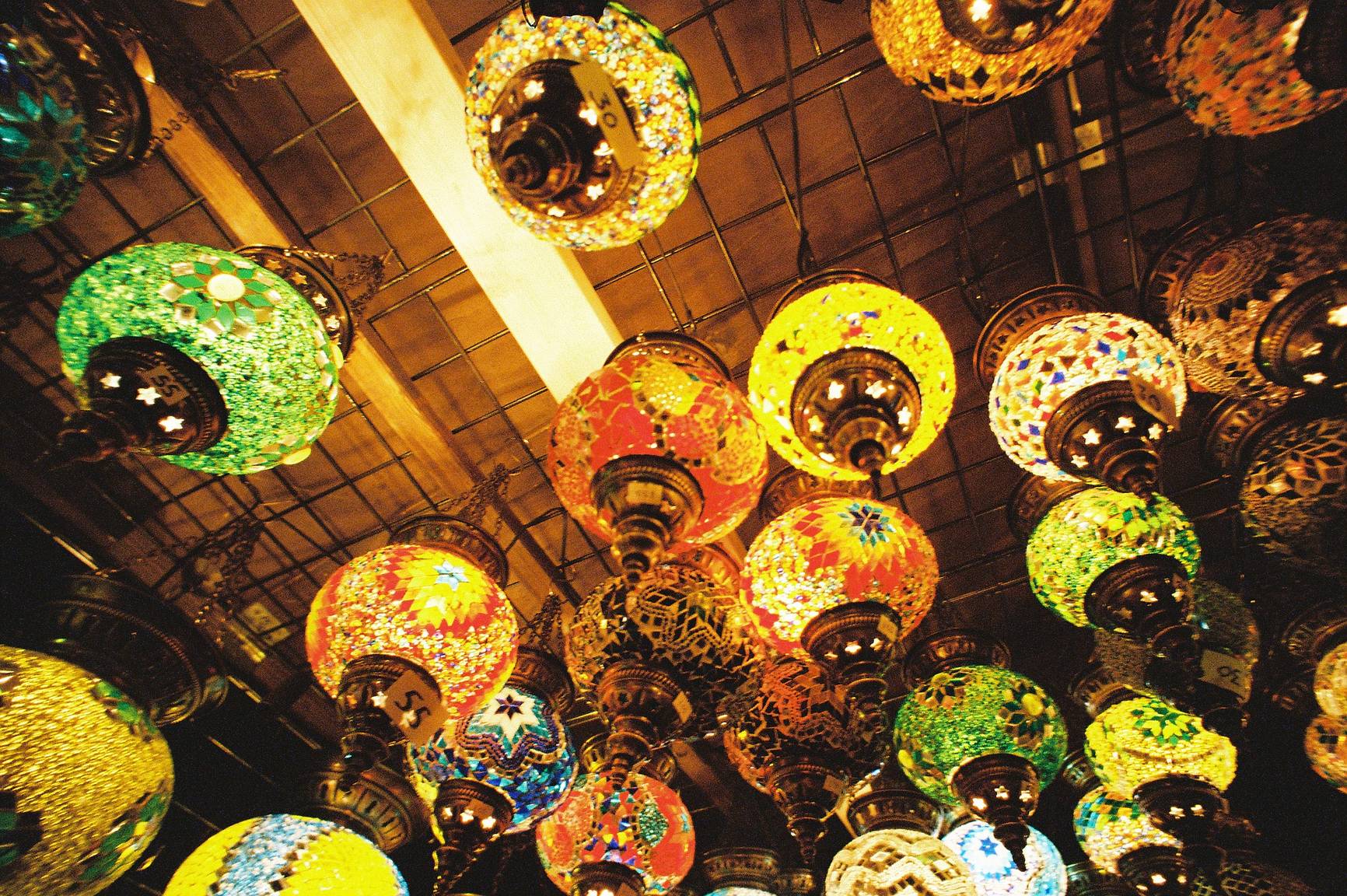




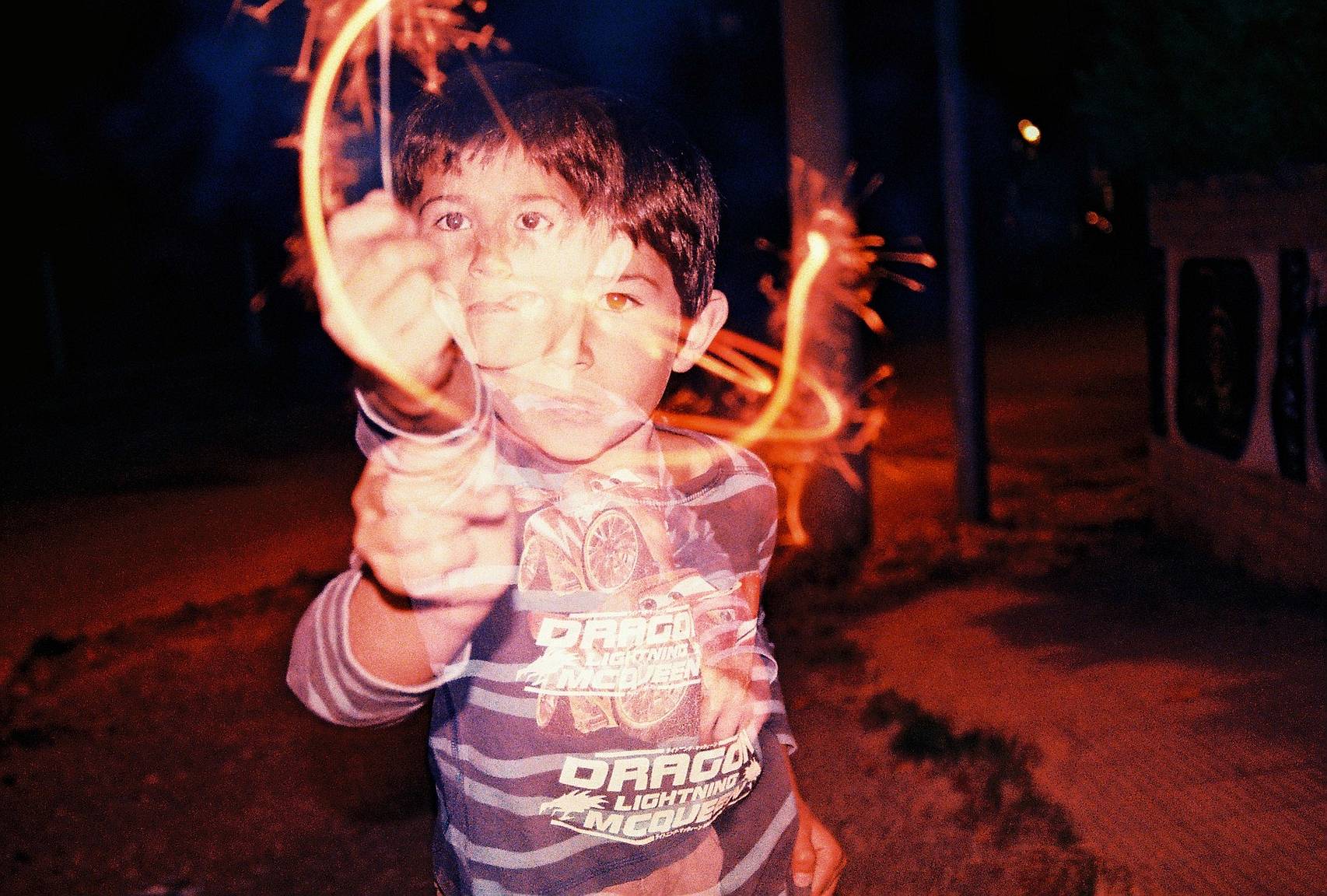
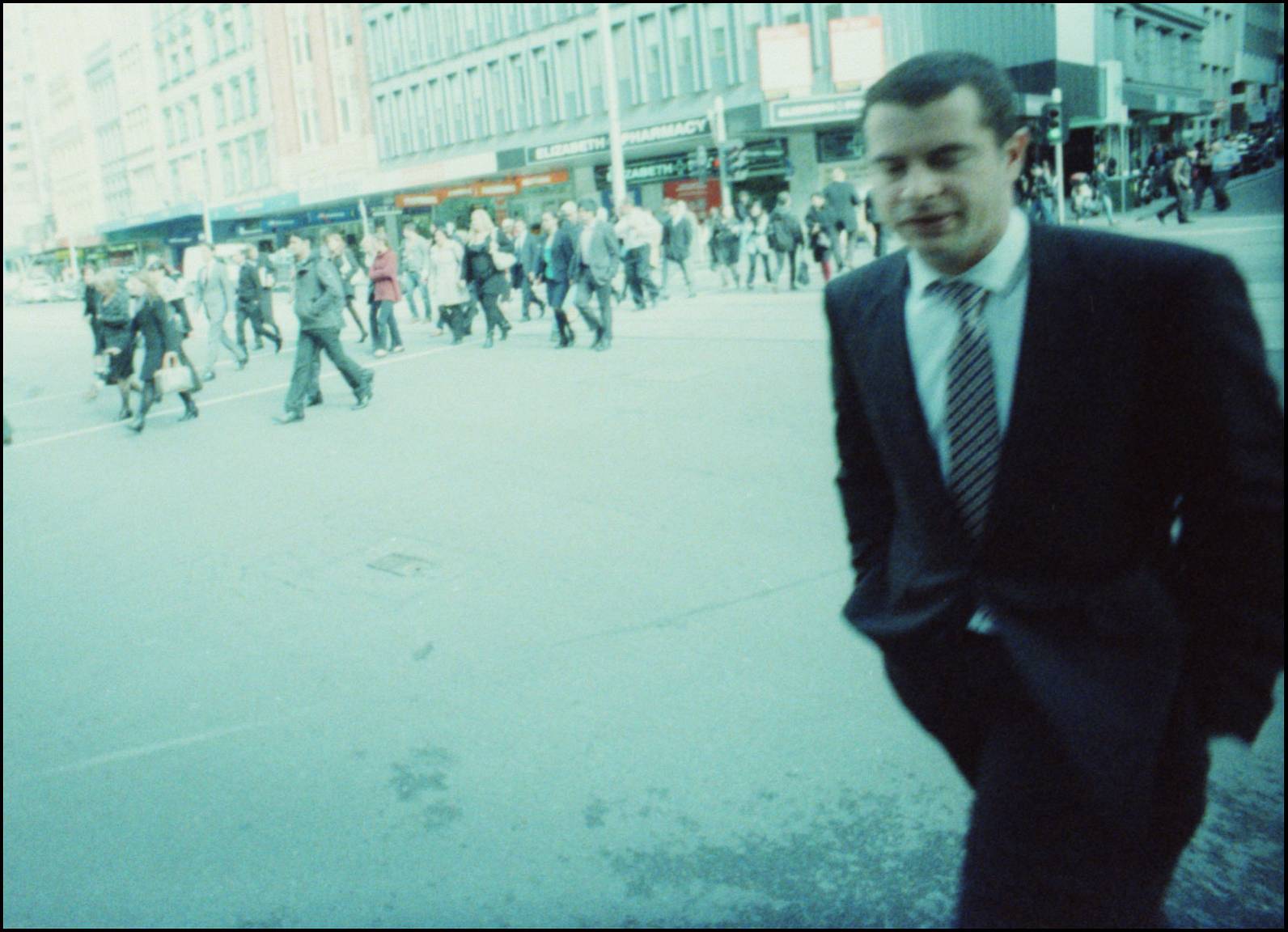

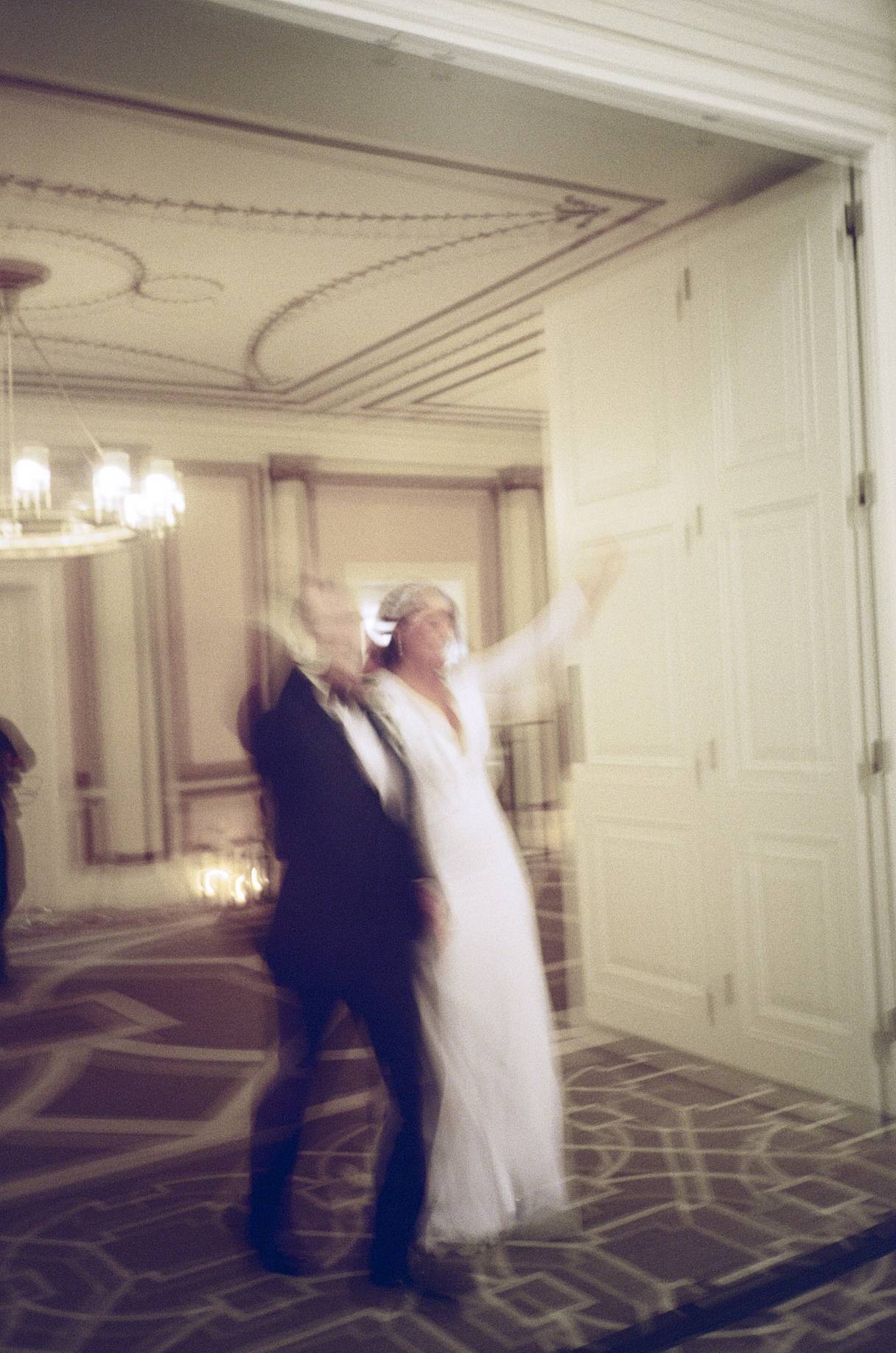


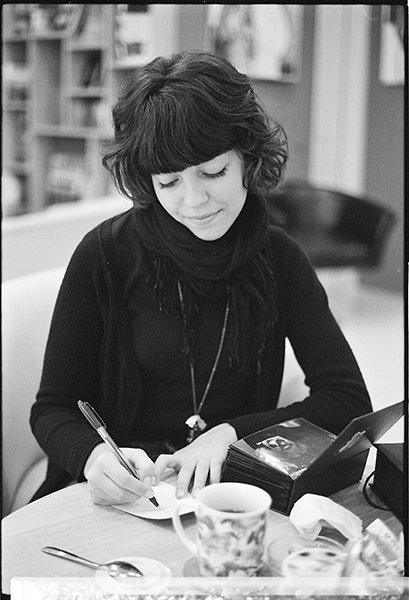














No Comments